Summary | Key concept | Science Story | Background Science | Activity | Curriculum links | Linked Activities
- Suggested Age Range: 9 – 10 years
- UK Primary Curriculum: Key Stage Two (upper)
- Suggested UK Year Group: Year 5
- UK Primary Curriculum Link: Forces
- Science Subject: Forces
- Science Question: What is air resistance? How do parachutes work?
- Activity type: small groups
- Suggested linked stories: The Visitor from Heaven
Brief summary: Landing is one of the most hazardous parts of any flight. Spacecraft try a number of ways to land safely, either on the Earth at the end of a manned mission, or on other worlds as part of robotic exploration missions. A good understanding of forces is essential to design and construct a safe landing system that protects both your spacecraft and its precious payload.
Key concept: Spacecraft attempting to land safely on the Earth (or other planet with an atmosphere) have to deal with both the forces of gravity and air resistance. Parachutes are a good solution to this problem.
Key words: launch, landing, payload, force, reaction, parachute, air resistance
The Science Story: What happens if I drop a pen? (Let the students make predictions, then drop a pen to illustrate.)
Why does the pen fall?
The pen falls because of a force called gravity. Gravity is the force that keeps us on the ground and brings us back to Earth when we jump. Everything that is heavy has gravity. Our planet is very heavy, so it has strong gravity, scientists say that the Earth has “a strong gravitational pull”. The gravity of the Earth pulls on the pen, making it fall back towards the ground.
What happens if I drop a feather? Will it fall faster or slower than the pen? (Let the students make predictions again, then drop a feather to illustrate.)
The feather also falls to the ground, but it falls more slowly than the pen!
Why do you think the feather falls more slowly than the pen? Is it because the feather is lighter?
Here is another experiment. If I take two tissues, but I screw one up into a really tight ball, what do you think will happen when I drop them? (Take two identical tissues, screw one up as tightly as you can. Let the students make predictions, then drop both tissues together.)
Did they land at the same time?
The two tissues are the same, neither tissue is heavier than the other. The tissue that was screwed up into a ball is pulled by gravity in exactly the same way as the flat tissue, but it lands first! This happens because of another force, a force called air resistance. The air around us is invisible, but it still causes a force. The bigger something is, the more it feels this air resistance force. That is why the flat tissue takes more time to land!
Four hundred years ago, a scientist called Galileo created an experiment to show how gravity works. He predicted that if you dropped two cannonballs from a great height, they would land at the same time – even if one ball was lighter than the other. This works because both balls feel the same amount of air resistance. On the Moon there is no air, no atmosphere, so there is no air resistance.
What do you think would happen if we went to the Moon and dropped a heavy hammer and a light feather at the same time?
In 1971, an astronaut called Dave Scott went to the Moon, and he did this experiment.
What do you think happened? (Let the students make predictions, then show them the video of Dave Scott on the Moon).
On the Moon there is no air, so there is no air resistance. The only force acting on the hammer and the feather is gravity. The experiment done by Dave Scott on the Moon proved Galileo was right!
The Science: This activity makes use of the ideas of both gravity and air resistance. Gravity tries to pull everything towards the centre of the Earth, so anything you drop will fall to the ground. A spacecraft returning to Earth from space has to drop more than 200 kilometres through the Earth’s atmosphere. Gravity would cause the spacecraft to descend rapidly, hitting the ground with a lot of force.
This would be pretty devastating for astronauts or delicate equipment on board a spacecraft trying to land safely, so we need to find a way to slow down the rate of descent.
Most spacecraft do this using parachutes. They are relatively simple to construct and operate, and cheaper and more reliable than many of the alternatives.
There are some notable exceptions. Some spacecraft have landed on other planets using giant airbags to bounce across the surface until the lander came to a halt, although this is risky and can still result in damage.
The American company SpaceX has recently demonstrated a reusable rocket that lands back on the launch pad using its own rockets to slow its descent. This is much more environmentally-friendly than single-use rockets that have been the mainstay of space exploration for decades (many of which have ended up at the bottom of the ocean), but it has proved difficult to develop. Parachutes remain a very useful method of reducing the speed of a returning spacecraft, used by the Russian Soyuz capsules and even to reduce the landing velocity of the Space Shuttle until its retirement.
The activity: The students will design and test their own landing system for a model spacecraft and payload. It is a good idea to split the class into small teams for this activity.
Before each design is tested, the rest of the students can be encouraged to make predictions about the likely success of the design, in a constructive way. The drop test is best done outside if using eggs – avoid windy days!
Following the tests, a whole-class discussion should be held with the students discussing which designs worked the best and why. This encourages scientific thought and illustrates the idea of the scientific method – problem solving, testing an idea, drawing conclusions, and then re-designing and re-testing.
Props required:
- Paper
- Card
- String
- Tape
- Scissors
- Other art/craft materials
- “Spacecraft payload” – can be something human-like such as a Lego person, or something breakable such as an egg.
Safety note: Care should be taken with eggs (if using), as well as sharp objects such as scissors etc. It is advisable to have extra adult supervision during construction and testing.
Safety note: Check for allergies to eggs, particularly if testing in any environment where fragments of broken egg shell might remain after the activity.
- In this activity you are going to take on the role of Spacecraft Engineers! Your goal is to keep your payload safe as it returns to Earth from a great height! The first thing to do is assemble your team – every spacecraft needs a team of engineers to build and test it.
- In your group, decide what roles you will each have. You can have titles like: parachute engineer, nosecone designer, payload specialist, fin designer, landing gear specialist, or whatever else you think you might need.
- Collect your payload from your teacher. Take good care of it, it is valuable and needs to be handled with care!
- To protect your payload, you need to create a small spaceship to hold it. This spaceship should cushion the payload such that it will not be damaged when dropped from a height of two metres.
- You will also need to design and make a landing system of some kind. The simplest form is a parachute which will slow down your spacecraft, but other methods are possible. Use your imagination to create something – even if you think it will not work.
- The payload, spaceship and landing system need to be assembled for testing. This is best done just before testing to avoid early egg breakages.
- When it is your turn, your group should show your design to the rest of the class and explain how it should work.
- Your spacecraft will then be dropped from a standard height to make it a fair test!
Extension: Having designed and tested their ideas, students could then modify their designs based on what they learned from their test drops and have a further test drop event. This illustrates the scientific ideas of testing, evaluating, and modifying your experiment, and links to the idea of testing and development in engineering.
This activity can also work well as a competition with a space-themed prize or “certificate of space-worthiness” for the landing system that best protects the payload, as well as an award for the group that demonstrated the best teamwork.
Common misconceptions:
- Heavier objects fall faster than light objects because of gravity. On Earth, in our atmosphere, lighter objects will usually fall more slowly due to air resistance. On the Moon however there is no atmosphere, no air, and so no air resistance. This means that all objects fall at the same rate, irrespective of their mass.
Curriculum links:
- Science KS2 forces – explain that unsupported objects fall towards the Earth because of the force of gravity acting between the Earth and the falling object
- Science general – working scientifically – this is an excellent activity for experimentation, and where careful observation can lead to improvements in the design, and conclusions can be drawn from the results
- Science KS1 uses of everyday materials – comparing different materials and shapes and deciding which are best for the task
- Science KS2 properties and changes of materials – give reasons, based on evidence from comparative and fair tests, for the particular uses of everyday materials, including metals, wood and plastic
- Art and design KS1 – to use a range of materials creatively to design and make products
- Design and technology KS2 – evaluate their ideas and products against their own design criteria and consider the views of others to improve their work
- Design and technology KS2 – apply their understanding of how to strengthen, stiffen and reinforce more complex structures
- English KS1 and KS2 spoken language – as this is a group activity, the ability to communicate information effectively and at an appropriate level is essential
Linked activities:
David Scott tries Galileo’s famous experiment on the Moon, includes downloadable video of the experiment:
https://moon.nasa.gov/resources/331/the-apollo-15-hammer-feather-drop/
Astronaut Chris Hadfield demonstrates what happens when you wring out a wet cloth in space:
https://apod.nasa.gov/apod/ap130424.html
Copyright: Megan Argo 2019





